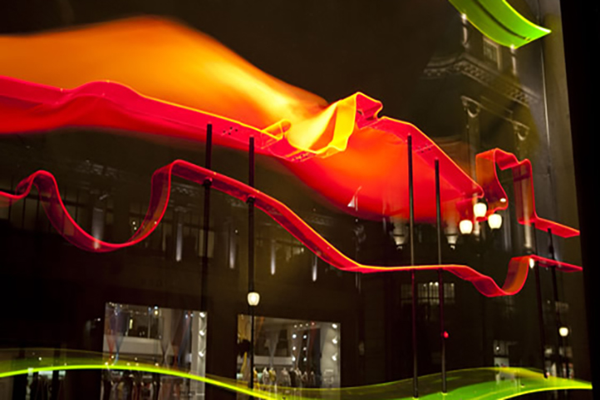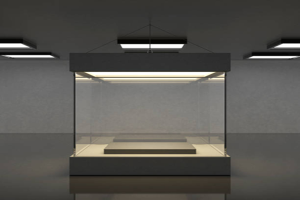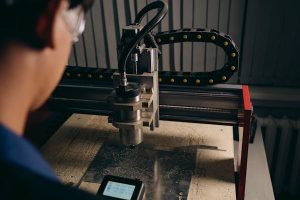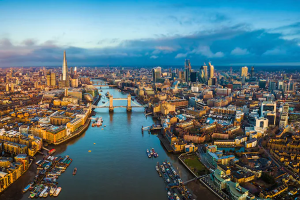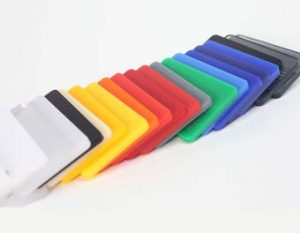In the world of modern architecture, innovation and creativity are at the forefront of design. As architects and designers push the boundaries of what is possible, they are increasingly turning to new materials that offer flexibility, durability, and aesthetic appeal. One such material is Perspex, also known as acrylic glass, which has been revolutionising architectural projects around the globe. Thanks to advances in, perspex fabrication this versatile material is now being used in skylights, wall cladding, windows, and more, transforming the way buildings are designed and experienced.
What is Perspex?
Perspex is a type of acrylic glass that is known for its transparency, strength, and lightweight properties. It has become a popular alternative to traditional glass because of its superior impact resistance and versatility. Available in a wide variety of colours, finishes, and thicknesses, Perspex can be cut, shaped, and moulded into virtually any form through precision fabrication techniques. This adaptability has made it an attractive option for architectural projects where both form and function are essential.
Perspex Skylights: Letting in Natural Light with Style
One of the most common uses of Perspex in architecture is in skylights. Natural light is a critical element in modern building design, and skylights provide a way to flood interior spaces with sunlight while maintaining energy efficiency. Traditional glass skylights can be heavy and prone to cracking, but Perspex offers a lightweight, durable alternative that can be easily customised to fit any design.
Through Perspex fabrication, skylights can be shaped into unique geometries, allowing architects to create bold, eye-catching features that go beyond simple square or rectangular windows. Whether it’s a domed skylight or an angular structure, Perspex provides the clarity and strength needed to bring these visions to life.
Moreover, Perspex has excellent UV resistance, meaning it can help regulate the amount of harmful ultraviolet rays entering the building while still allowing maximum light penetration. This makes it an excellent choice for sustainable architecture, where energy efficiency is a priority.
Perspex Wall Cladding: Aesthetic Flexibility and Durability
In addition to skylights, Perspex fabrication has found its way into wall cladding, offering architects a material that is both aesthetically versatile and incredibly durable. Unlike traditional materials like wood, stone, or metal, Perspex allows for a broad range of finishes, colours, and textures, providing endless possibilities for creating stunning exterior and interior wall designs.
Perspex cladding can be transparent, translucent, or opaque, depending on the architectural intent. It can also be backlit, creating dynamic visual effects that change with the time of day or the building’s lighting conditions. For example, a translucent Perspex wall can glow with natural light during the day and take on a different ambiance with artificial lighting at night, creating an ever-changing architectural feature.
Furthermore, Perspex cladding is highly resistant to weathering, UV radiation, and environmental pollutants. This makes it an ideal choice for exterior applications where long-lasting durability is essential. Additionally, Perspex is easy to maintain, requiring only occasional cleaning to keep its appearance fresh and vibrant, unlike more porous materials that may degrade over time.
Perspex Windows: Modern Elegance with Practical Benefits
Windows are one of the most important elements in building design, affecting both the exterior appearance and the interior atmosphere of a space. While traditional glass windows have been a staple in architecture for centuries, Perspex is now being used as an innovative alternative that offers several distinct advantages.
Perspex windows are significantly lighter than glass, making them easier to install and ideal for projects where weight is a concern. This is particularly relevant in modern, minimalist designs where large, expansive windows are desired to create a seamless connection between the interior and exterior environments.
Through Perspex fabrication, windows can be tailored to meet specific design requirements. Whether it’s floor-to-ceiling windows in a residential home or complex curved window structures in a commercial building, Perspex provides the flexibility to achieve the desired aesthetic while maintaining excellent optical clarity. Additionally, Perspex windows are highly resistant to shattering, offering enhanced safety and security compared to traditional glass.
Another key benefit is that Perspex has superior thermal insulation properties, which helps to regulate indoor temperatures. This makes Perspex windows a smart choice for energy-efficient buildings, reducing heating and cooling costs while minimising environmental impact.
Why Perspex is Transforming Modern Architecture
The architectural world has always been driven by the search for materials that can push the limits of design while meeting practical requirements such as durability and sustainability. Perspex fabrication allows architects to explore new frontiers in building design by providing a material that is not only lightweight, strong, and easy to work with but also adaptable to various creative applications.
From innovative skylights that flood buildings with natural light to dynamic wall cladding that enhances the visual appeal of a structure, Perspex is transforming how architects approach modern buildings. Its versatility, combined with its aesthetic and functional benefits, is why it has become a staple in cutting-edge architectural projects worldwide. As we look to the future of architecture, it’s clear that Perspex will continue to play a significant role in shaping the buildings of tomorrow. Whether it’s improving energy efficiency, offering new design possibilities, or simply enhancing the beauty of a structure, Perspex is proving to be an indispensable material for architects looking to make a lasting impact.




